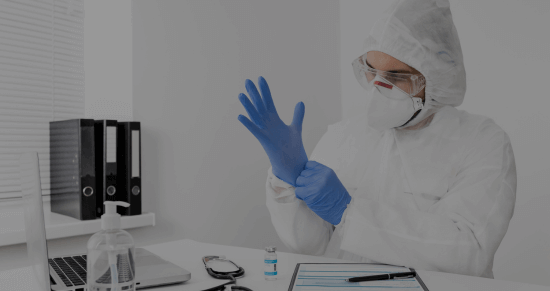MDD to MDR compliance for Usability
Knowing that the Medical Device Regulation (MDR) will require possibly more evidence of use-safety, usability and human factors engineering because there are more clauses covering this area; it is useful to know what to do when you have existing medical devices, software and systems in the market. Many of these will have been developed to the requirements for of the Medical Device Directive (MDD) and thus, there is a transition to the forthcoming Medical Device Regulation (MDR). But how large is the transition, and what is required in terms of evidence to satisfy the European Notified Bodies and Regulators.
Firstly, ensuring that all relevant clauses of the Medical Device Regulation (MDR) are met and should be assessed. Simply, ensuring that there is evidence against each of the applicable clauses may be enough to re-certify or continue with certification of that medical device. A Gap Analysis may be sufficient to document this transition from MDD to MDR. Any usability-based gaps then can be filled with performing small amounts of usability/human factors testing, risk assessment or user research to justify safe use and acceptability. In addition, when developing new medical devices, the two standards of IEC 62366-1 and the MHRA’s guidance for ‘Usability Engineering and Human Factors for Medical Devices’ still are ideal tools for the usability engineering process – and these should be the minimum levels at which usability performance and human factors should be proven against.
Usability and Regulation (EU) 2017/745
By May 26th 2020 all manufacturers aiming to market their medical devices within the EU will be required to conform to the Medical Device Regulation (EU-MDR) 2017/745. As like todays practice, manufacturers can choose to comply with the harmonized standard to show the conformity with the regulations. Medical Device Regulation (MDR) addresses Usability concerns in different sections as below.
Chapter VII, Post Market Surveillance, Article 83, point f: Data gathered by the manufacturer’s post-market surveillance system shall in particular be used for the identification of options to improve the usability, performance and safety of the device.
Article II, Definitions, “Incident”: incident means any malfunction or deterioration in the characteristics or performance of a device made available on the market, including use-error due to ergonomic features, as well as any inadequacy in the information supplied by the manufacturer and any undesirable side-effect.
ANNEX I, Chapter I, General Requirements.
GR 5: In eliminating or reducing risks related to use error, the manufacturer shall:(a) reduce as far as possible the risks related to the ergonomic features of the device and the environment in which the device is intended to be used (design for patient safety).
GR 14.2: Devices shall be designed and manufactured in such a way as to remove or reduce as far as possible: (a) the risk of injury, in connection with their physical features, including the volume/pressure ratio, dimensional and where appropriate ergonomic features.
GR 14.6: Any measurement, monitoring or display scale shall be designed and manufactured in line with ergonomic principles, taking account of the intended purpose, users and the environmental conditions in which the devices are intended to be used.
Similar provisions can be found in Annex I GR5; GR13.2; GR 13.7; … of In Vitro Diagnostic Medical Device Regulations (EU) 2017/746.





